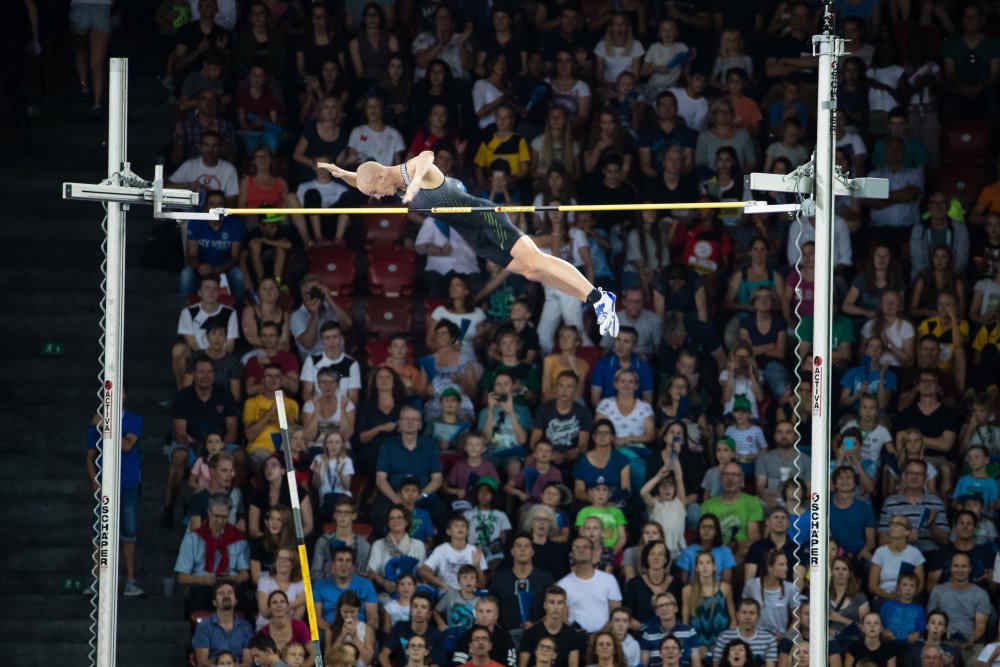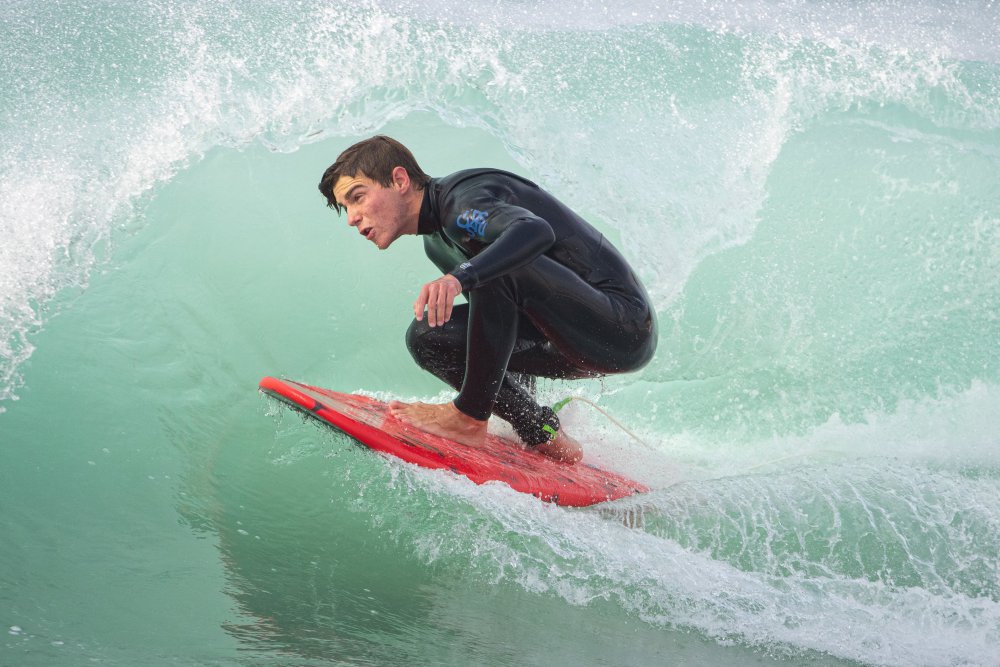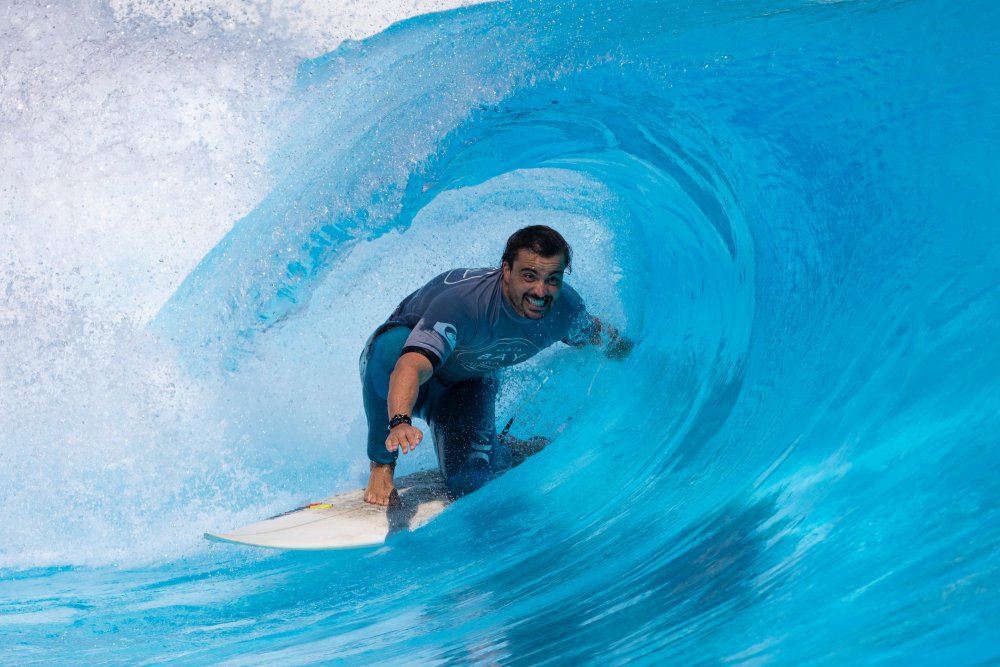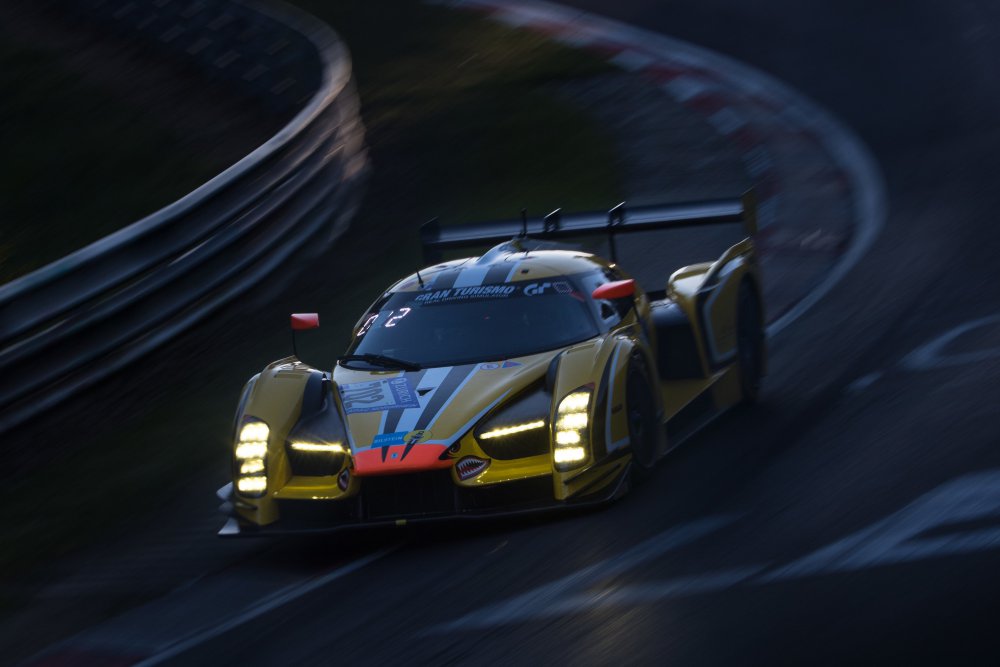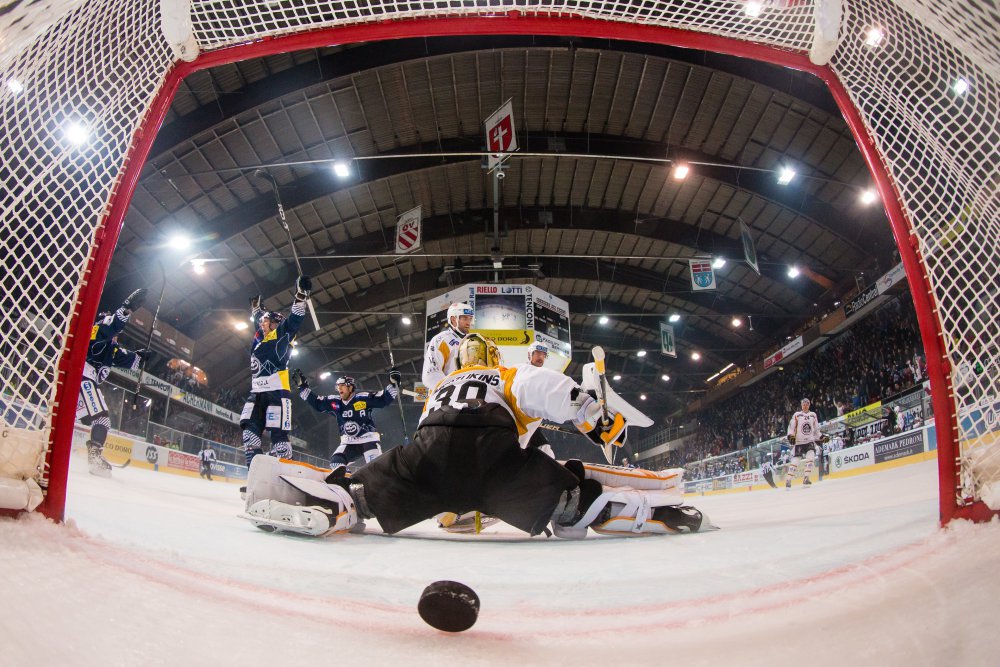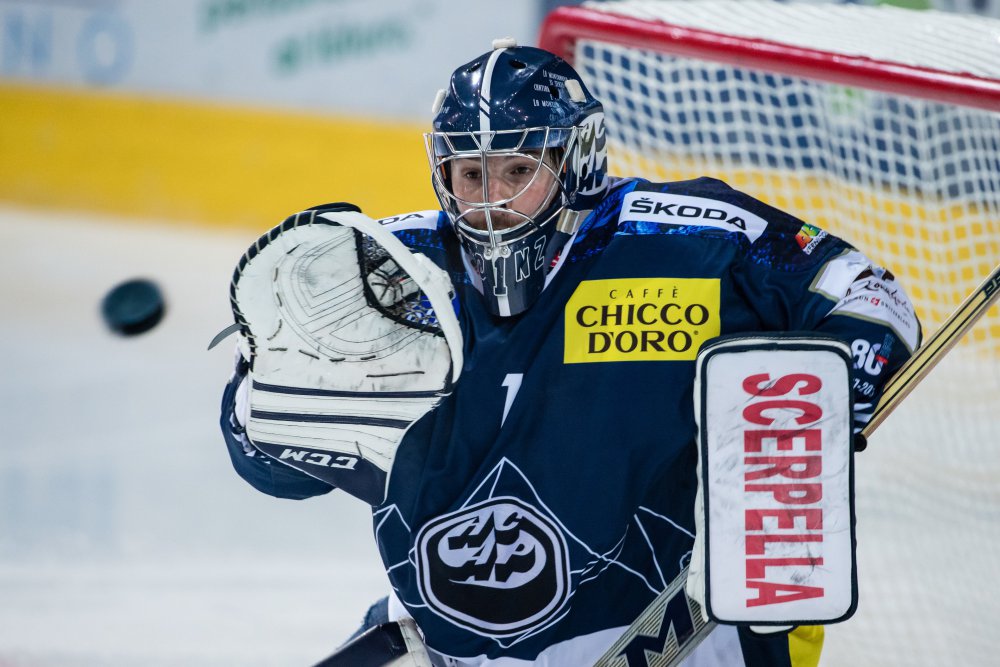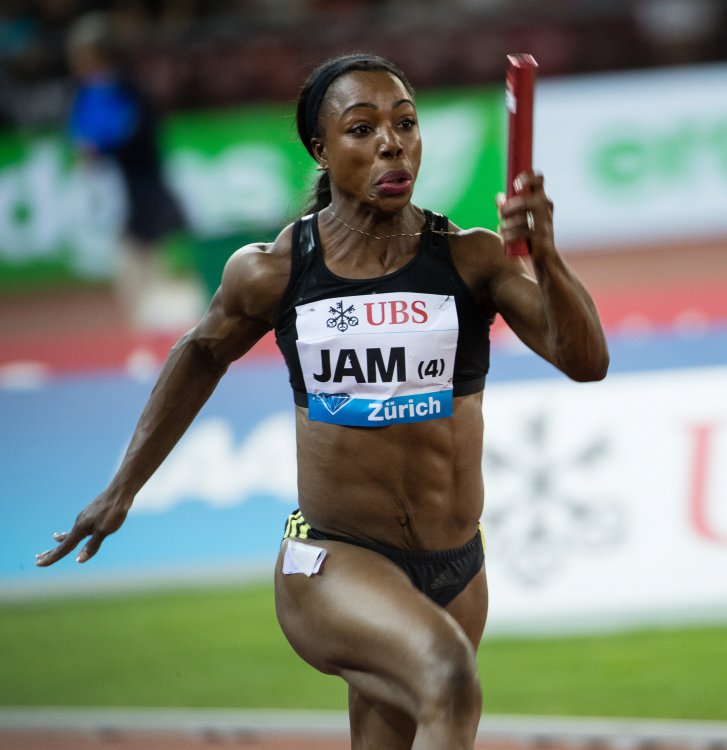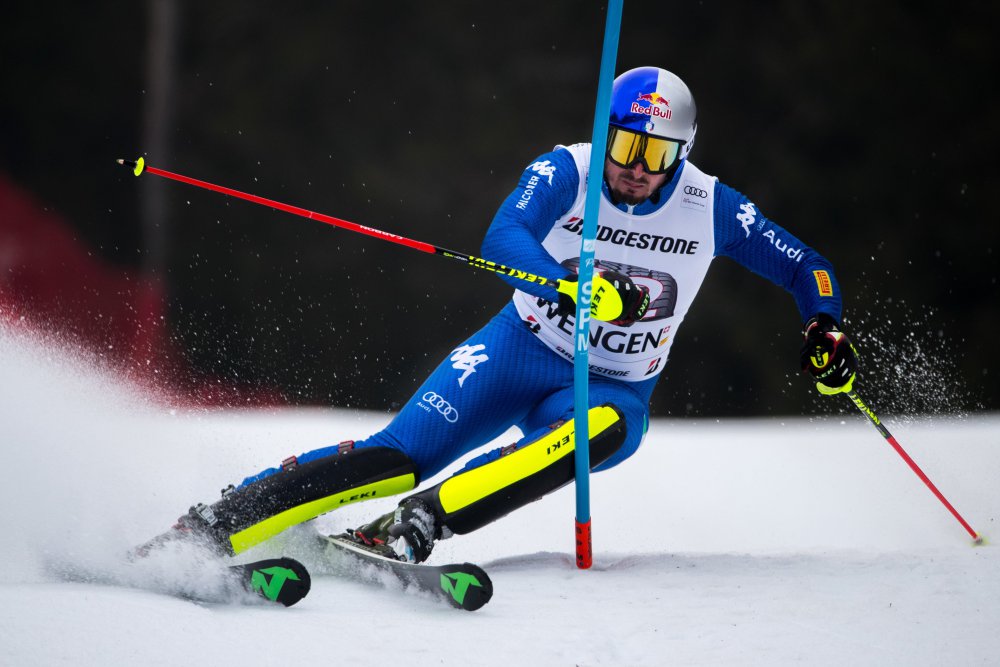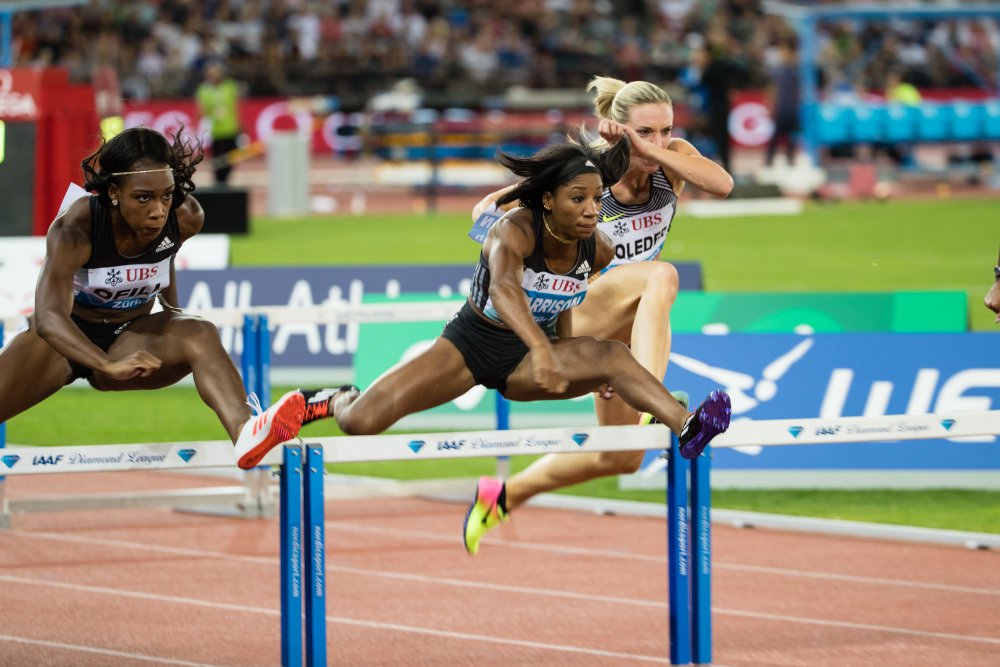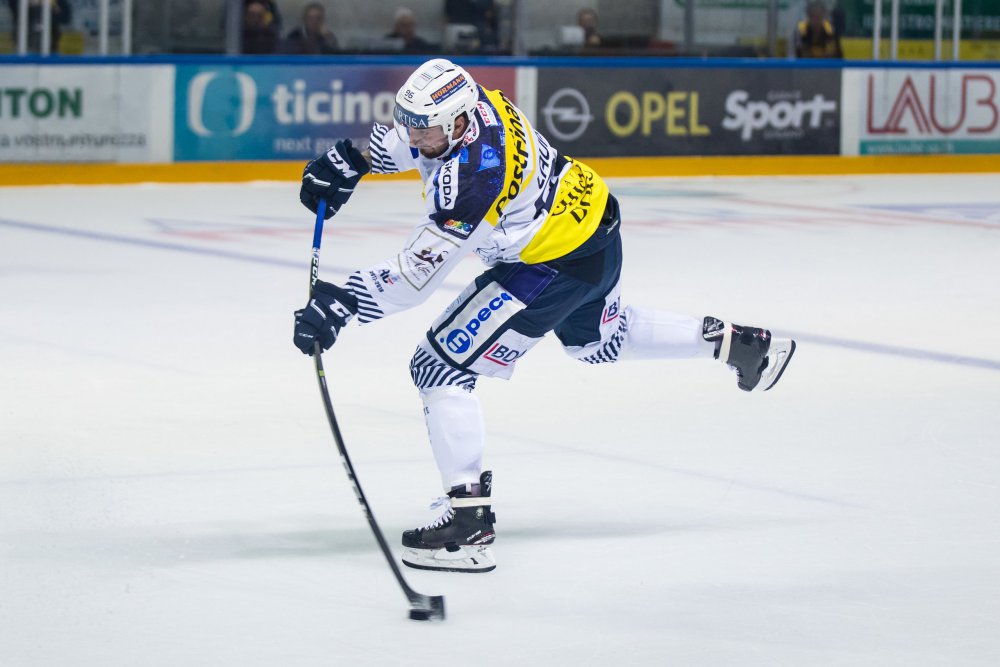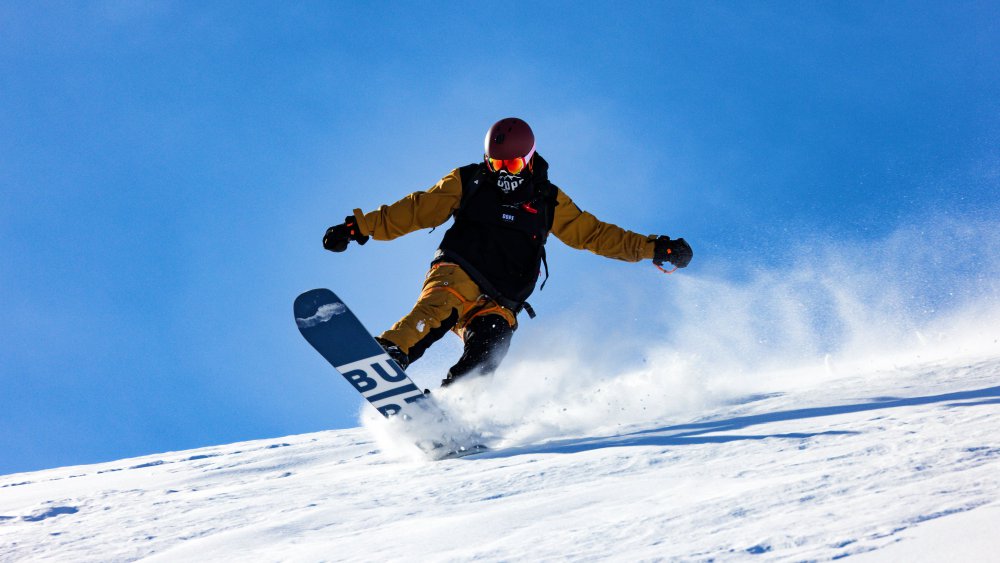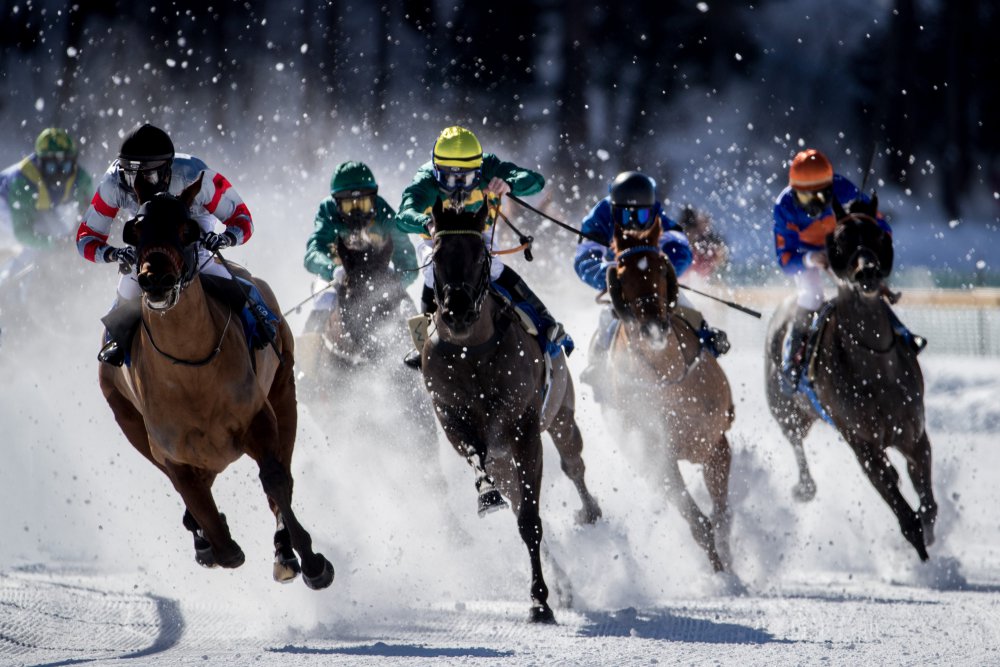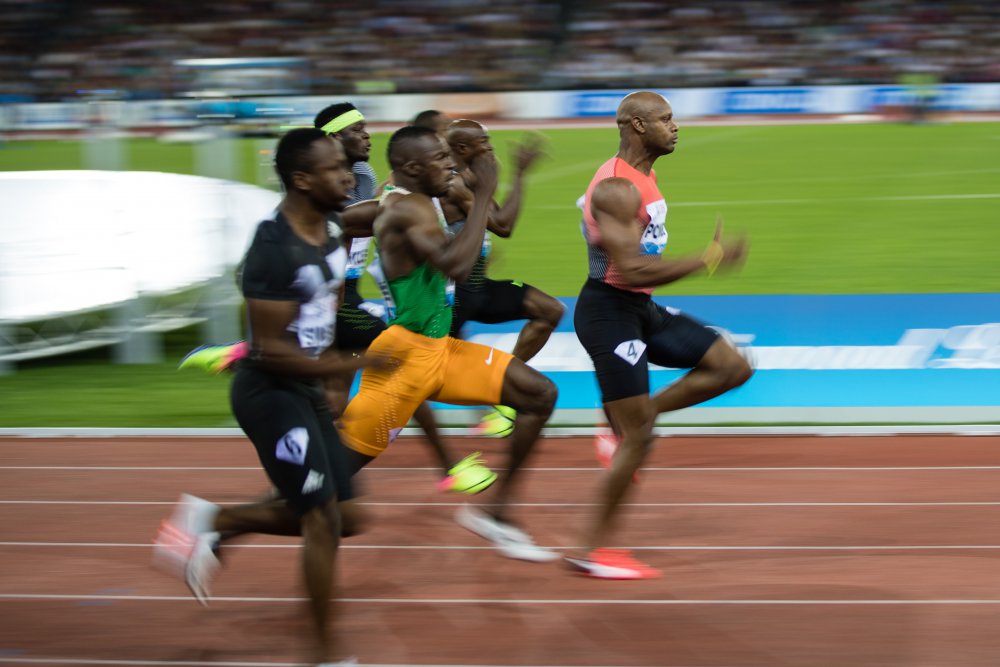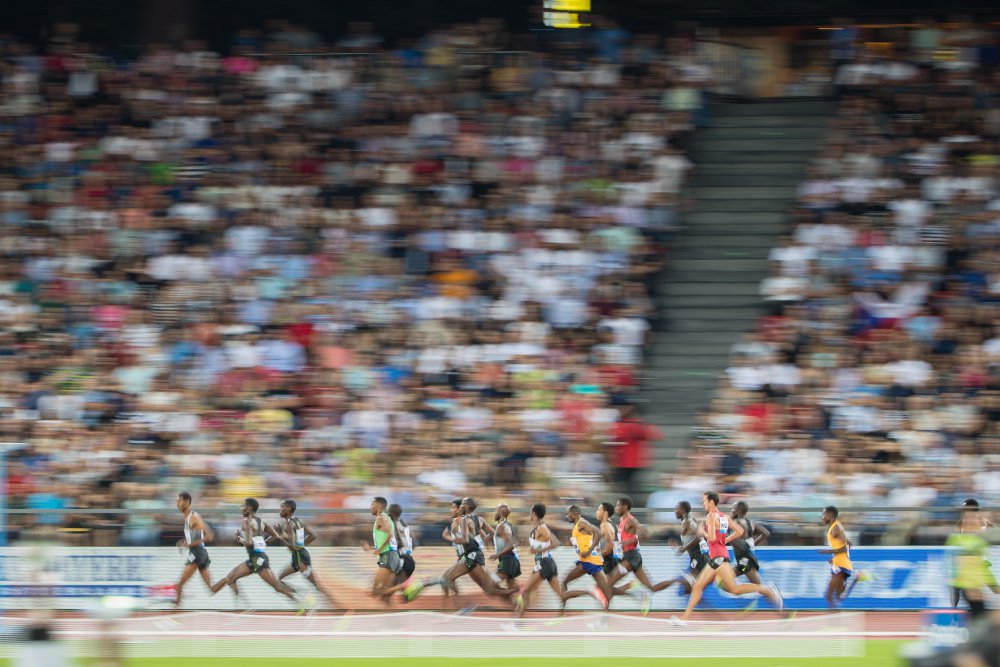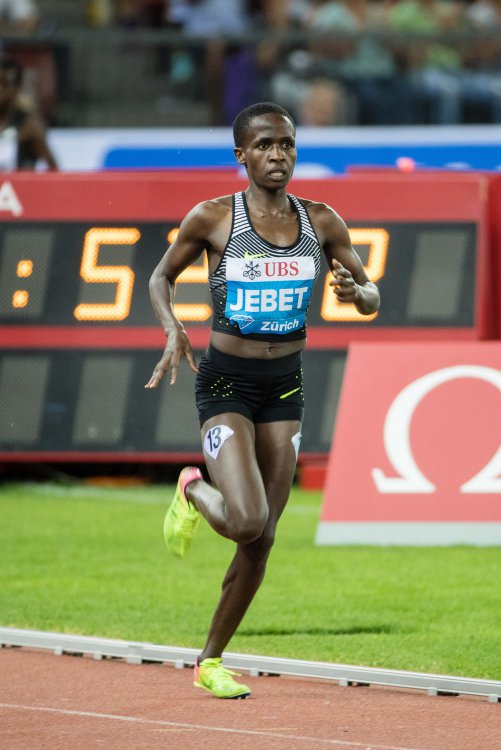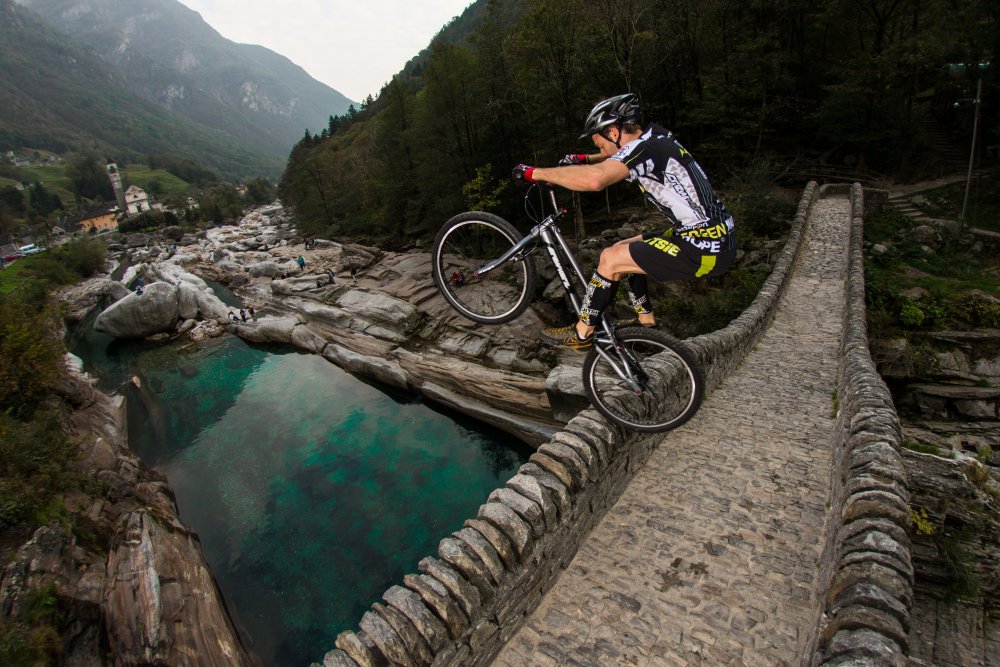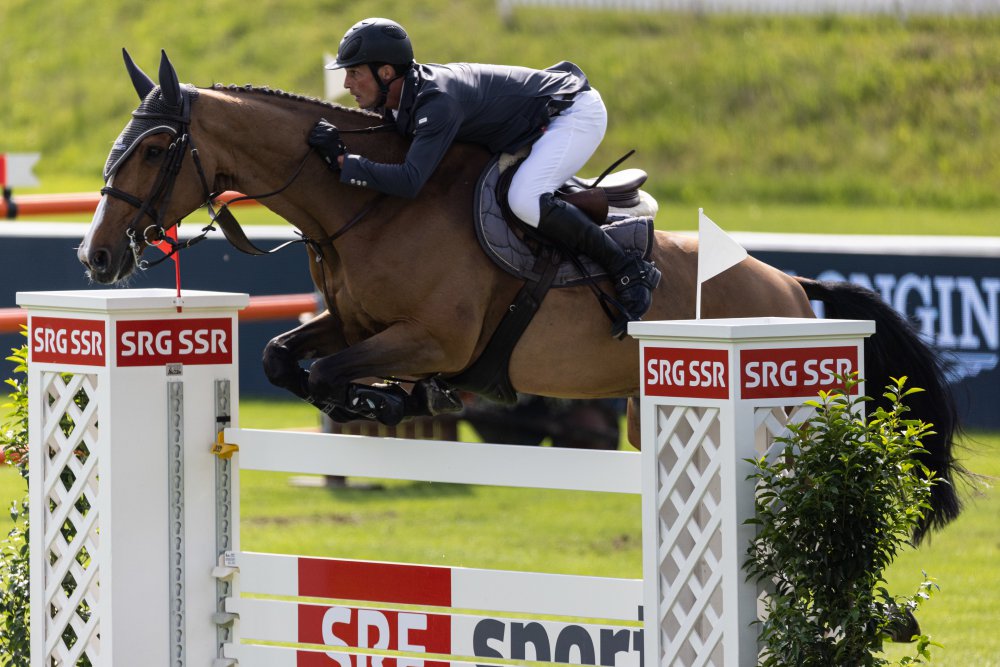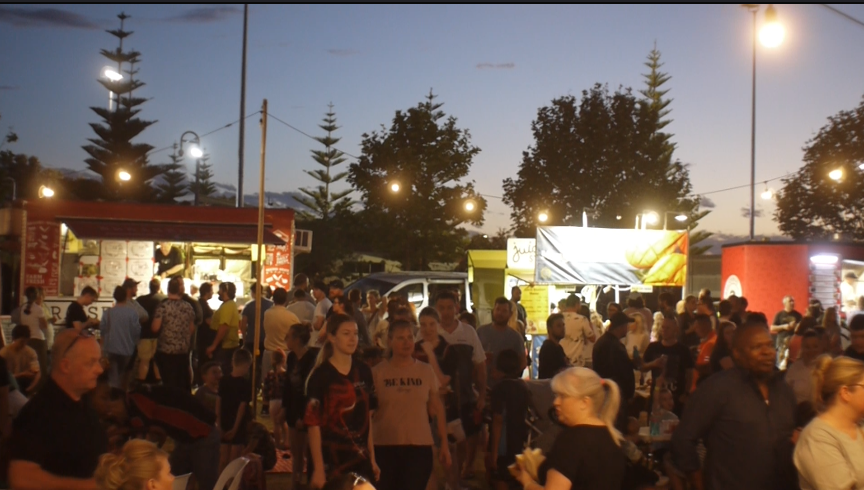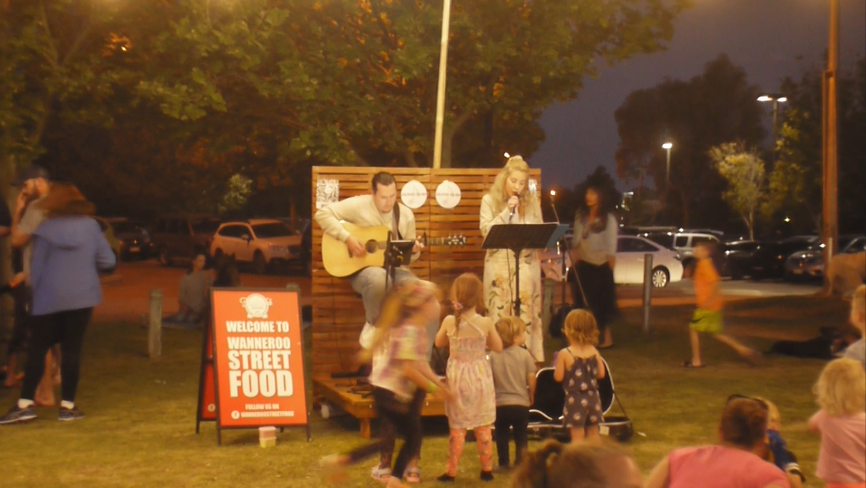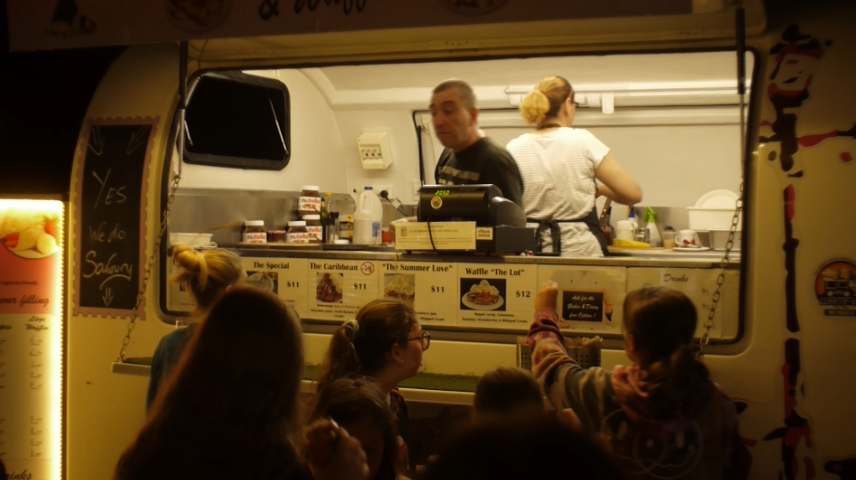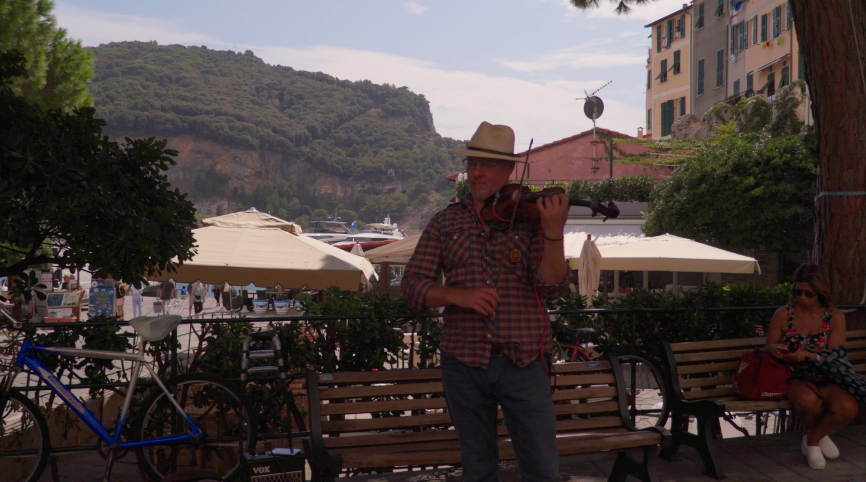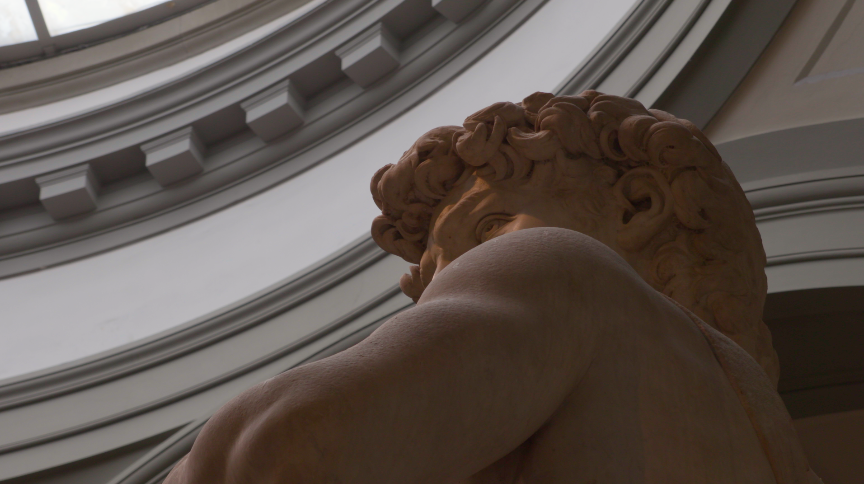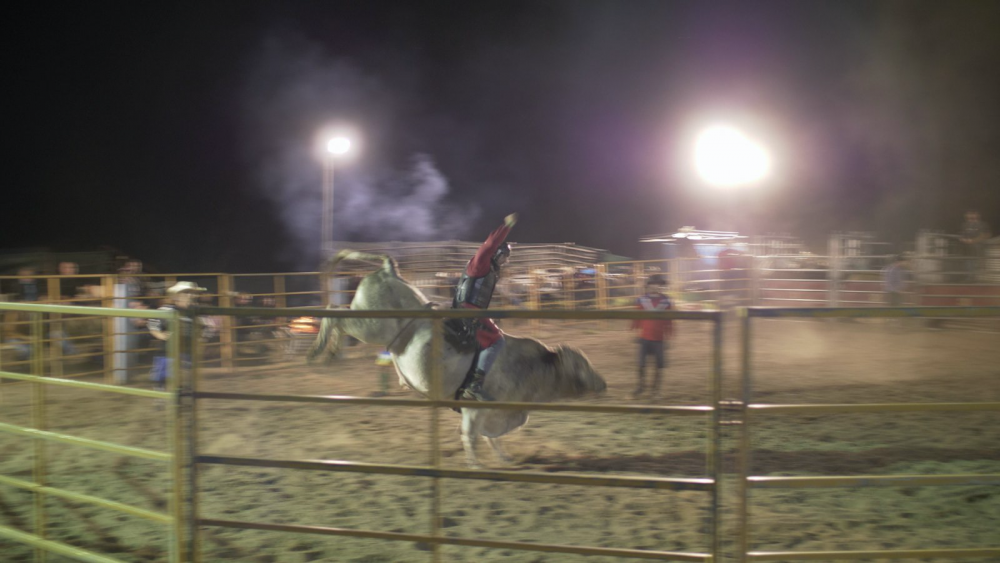Leaderboard
Popular Content
Showing content with the highest reputation on 10/25/2021 in all areas
-
Just bought a GX85. It's purpose is to serve double-duty, as an inoffensive little camera that I can stealthily take anywhere, and as a 2nd / backup cam for travels. Travel is one of my great pleasures, and if COVID has taught me anything, it's that I need to get better at travel near home. This has resulted in my Go Shoot project, which essentially involves trying to have small, low-zero cost adventures close to home, and to film them as little videos to try things and make memories. The key thing for this kind of thing is having a small unassuming camera that doesn't attract attention. I've been using my GF3, due to its tiny size, but its lack of tilting screen or stabilisation are rather inconvenient and it 17Mbps 1080p is a little lacklustre to say the least. These projects are about story first and image second, and are finished on a 1080p timeline. This means that if I take the 100Mbps 4K image and crop 2x then it becomes a 1080p at 25Mbps image, which is still acceptable (and still better than the GF3!) so that means that the GX85 and 14mm f2.5 combo would be tiny, but with the 2.2x crop factor in 4K and cropping in post, would be 31-62mm equivalent, and the f2.5 combined with the downscaling in post should mean it'd have reasonable low-light ability too. GX85 with 14mm f2.5 for a tiny setup: If I want to work quickly and have a more doc-style of shooting, I can pair it with the 12-35/2.8 and get 26-154mm. In extreme low-light (like caves), I can take the Voigtlander 17.5/0.95 and get 39-78mm. If I want to go vintage, I can use the Cosmicar 12.5/1.9 for a 28-56mm range. Lots of cool options available. Once we get back to travel, which is likely to happen later here in Australia than elsewhere in the world it seems, I'll also use it for a 2nd / backup camera to my GH5. I find that often I will be on a balcony or terrace in golden hour (either dawn or dusk) looking at a spectacular view and wanting to record three things simultaneously: Time-lapse of the whole scene as the light changes - super wide-angle and deep DoF This will be my action camera, which by taking 8MP (in 16:9) Jpegs, which are around 3Mb each, gives about 600Mbps when put onto a timeline at 25fps. Not bad! Time-lapse of part of the scene - variable focal length required This will be what the GX85 will do, and can use any of the MFT lenses I have. Video of interesting things happening, probably with a wide-angle lens This is what the GH5 will be being used for. People walking, boats sailing, flags waving, etc etc. The GX85, by being able to share any of the lenses I have for the GH5, also makes a great backup camera in the instance that the GH5 is out of action. Is anyone else using a GX85? or small camera to fly under the radar?4 points
-
Sony Xperia PRO-I comes with 1-inch 24mm f/2.0 main camera
Emanuel and one other reacted to androidlad for a topic
Announcement Oct 26.2 points -
Price according to rumors will be somewhere between 5000$ and 6000$. Am not interested in Z9 but the camera Nikon will make after it. If processor can do N-RAW/ProRes RAW it means all cameras using this processor can have the capability to record RAW video internally. It will be purely marketing decision from Nikon if Z6 Mark III will be able to write RAW video internally or not.2 points
-

Just bought a new camera for 2022 - the small but mighty GX85
newfoundmass and one other reacted to BTM_Pix for a topic
Osmo Pocket and LX100. IBIS,tilt screen and Cinelike D are big advantages of the GX80/85 but, for me, the (excellent) in built lens of the LX100 makes it more convenient to carry and use.2 points -
It was/is a pretty popular camera on here. You might want to consider putting my Cinelike D hack on it for a bit more flexibility.2 points
-

Just bought a new camera for 2022 - the small but mighty GX85
PannySVHS and one other reacted to QuickHitRecord for a topic
Funny to see your post about this. I just picked up a G85 (same sensor as the GX85) for the very same reason. I shoot on Canon Cinema and occasionally RED for work but wanted something small and with a high stealth factor that had a good implementation of IBIS for tripod-free shooting. In this case, image quality was secondary. I haven't been shooting casually or for fun much lately and I am hoping that this camera will help bring me back to it. I've paired mine with a Viltrox speedbooster and the inexpensive Sigma 17-50 f2.8. The camera seems to be detecting the focal lengths from this third-party lens and adjusting the IBIS perfectly. I have no plans to accessorize beyond this setup because that would be self-defeating! I hope you share some of your work here.2 points -
EOS R has that horrible 1.7x crop when shooting 4K. Its basically a FHD FF camera. Also it doesn't do internal 10-bit 4:2:2 or Clog3. I had EOS R and honestly do not miss it one bit for video. R6 on the other hand has the nicest FF IQ I've seen on any Canon. The overheating on R6 is real but since the latest firmware updates I haven't experienced ANY overheating. I've been on ALL DAY 4k shoots and no overheat. I don't shoot more than 10mn clips though so my user case may certainly be different than others but thankfully for me the overheat has become a non-issue. I even left the camera on accidentally during 12 hours once and it was ready to shoot the next day no problem so it looks like they've been using some clever power management which wasn't the case at first when it was timer based. Btw, Potato Jet made the A7IV overheat in like 12 minutes in his 100 degree test. I guess if you're shooting in that kind of heat, most hybrids will fail after X amount of time.2 points
-
I think price also plays an important part. For the price of a Sony A7SIII you can get a Panasonic S1 and S5. If you add in a A7IV then you could get a couple of lenses and sd cards for the Panasonics.2 points
-

Just bought a new camera for 2022 - the small but mighty GX85
newfoundmass reacted to fuzzynormal for a topic
I shot a doc series for our local PBS station with a couple of these guys. Worked like a charm. The exact reason M43 is a good format for me is embodied in this sort of gear: low-profile with impressive IQ.1 point -

Just bought a new camera for 2022 - the small but mighty GX85
PannySVHS reacted to John Matthews for a topic
The GX85 continues to be a great. I had it for over 2 years and I took videos and photos that I'll cherish forever. I only sold it because I mistakenly thought something Sony and FF would do better and they were from a technical point of view, but it was much bulkier and not as fun to shoot with. I've taken a tonne of shots with the 14mm f/2.5 too- loved that combo for over a year and a half. In 2019, when I decided I'd never leave M43 again, I've been looking for that lens. Sometimes, you can find it for about 100 Euros. Can't wait to see the results you get with the combo!1 point -
Just bought a new camera for 2022 - the small but mighty GX85
kye reacted to MurtlandPhoto for a topic
I too have been using a small camera lately to fly under the radar. I went with the Osmo Pocket. It's perfect for home videos and BTS stuff on set.1 point -
Sony ZV1 for me. For now.1 point
-

Is anyone interested in seeing some Olympus E-P7 footage?
John Matthews reacted to kye for a topic
Yeah, I'm curious to see what you're doing with it. I love shooting with small modest cameras so bring it on!1 point -
I think all of this shows that if Panasonic were to fix their AF they could really start taking a larger share of the market. They have got just about everything else right, ergonomics, colours, image, reliability, price...the L range of lenses is starting to grow. If the S5 had good AF it'd sell bucket loads.1 point
-
First Canon does not have any 24 1.8 is either 1.4 or 2.8 (useless lens today)..... Are you buying the RF or EF version of the 24-105 both EF versions are meh imo? I owned the Mk I and tested the Mk II. Second, maybe I got it wrong but you want to shoot sport right? 24-105 F4 for sports is not great (for me is bad but other my differ). 24-70 2.8 is better especially later shots at 24 where the subject travel very fast you need very high ss... For sports you want BG isolation, reach and high shutter speed. Most common sports lens are 70-200 2.8, 200-400 F4 and 400 2.8 not by chance. Not sure that the hobbyist noise remark that somebody did was for me as I said 1 stop can make a big difference...1 point
-
Indeed and one of the most overlooked…if not the most overlooked aspects for those seeking improvement in their photography or filmmaking.1 point
-
True and ‘The Compromise’ with that option. Tried it. Hated it. I’ve got a camera on each hip and the sheer bulk/awkwardness just didn’t work for me. Also, on freestanding monopod, the S5 plus lens I can trust, but the S1H is literally tipping the balance. On that basis I wouldn’t trust a Z6 plus external recorder with battery. Internal recording is a must for me shooting hybrid and juggling 3 cameras as a one man band. I do like Nikon and shot the system (film and then DSLR) for 10 years prior to Fuji and nearly went Z6 instead of L Mount approximately 1 year ago.1 point
-
No way to effectively share lenses though? If you're happy to add an Atomos Ninja V (or a Blackmagic recorder) then I don't think they've got weak video specs at all. Plus when it comes to stills, you've got a good advantage that you can tap into the Nikon ecosystem. This is also a good reason why a person should stick with one camera system for as long as possible, rather than jumping back and forth every other year. As let's be honest, even the "worst choice" (if picking a current model) in what is now nearly 2022 is still going to be damn good at both video and especially stills! So stick with it, and get 100% out of it. Rather than choosing "the best" and only getting 80% out of it.1 point
-
You're thinking about colour all wrong. I don't blame you for it - I think most of the internet thinks about colour wrong and you'd be forgiven for adopting that kind of thinking. I did at first, and now several years later, have come out the other side and now understand what things are truly like. @Mark Romero 2 was 100% right when he said: So, how long will it take? It will take a few hours, and it will take many years. Let me explain - there's good news and bad news. The good news: When you shoot with anything other than rec709, you're going to need to convert from whatever colour space and gamma you shot in to rec 709. This could be via a conversion, or a LUT, or some combination of both. The level of sophistication that goes into creating these things is absolutely huge (when done by people who know WTF they're doing - which is almost no-one on the internet by the way) and so your job is just to work out which conversion or LUT you will use. From that point on you just apply that to all your footage and that's it - you've learned to colour grade. If you find a conversion that gets great colours from Sony, which will be out there I can assure you, then job done. The bad news: The above method will only work on maybe 10% of shots, if you're lucky. The reality of shooting events and travel and other uncontrolled situations is that the vast majority of your shots will look like garbage straight out of the camera. This will be true regardless of what camera you have, and will completely overwhelm whatever advantages one brand has over another. This is because the real world doesn't use lighting with matching colour temperatures, and even worse, with remotely acceptable CRI performance. Colours will be *awful*. An example. Last week my wife and I went to get some food from some food trucks and I took a tiny camera to shoot a little test video with a very vintage soviet lens. Let's look at some of the shots as they came out of the camera. All of these are on auto-WB so the camera will have been trying to adjust as best as it could. Notice how the sky looks normal, the people in the foreground look brown/purple, and the various trucks look different in the background. Too orange for the camera to compensate using auto-WB: Interior of the truck is fine, and the outside is quite green: BUT, you say, that's a cheap camera! OK, here's a few shots from the XC10 - a Canon Cinema Camera shooting in C-LOG. Background is fine, foreground is muddy purple: A small statue that no-one has ever heard of - colour temp of interior lighting vs natural lighting coming from the skylight: So far so good. Let's look at some event photography. The pub that hosted this bull-ride decided to buy a mixture of purple and green floodlights. Take note that to the naked eye this was COMPLETELY INVISIBLE. This shot is ungraded HLG too, if you convert to 709 then you've got a circus on your hands. It was because of things like this that I have taken years to be able to get colour I'm happy with from my footage. I've been shooting family trips and outings for years and the footage has been piling up waiting for my skill in colour grading to be good enough to colour grade the material I've captured to a standard that I can even live with, let alone love. So, why aren't people talking about this? It's simple. Professionals mostly have control of their lighting and make sure it's done right, documentary shooters will hire a colourist to troubleshoot difficult sections they can't colour grade themselves, and amateurs who can't control the lighting and can't troubleshoot their own footage simply don't post their shitty footage to YouTube. You, however, will be looking at the critical shot of whatever it was that happened, and wondering what the hell you do with it to make it even usable. Screw the difference between Canon and Sony colours, your shot will look like your camera was broken and needs to be repaired. Another example. Recently my daughter graduated high-school. I took my GH5 and 12-35/2.8 as I thought it would be long enough, would mean I could quickly take a wide or mid-shot if required, would have AF for quick compositions, and I thought I'd value the stabilisation from the camera and lens. I contemplated taking my Voigtlander 42.5/0.95 prime, but decided against it. Turned out that for the critical moment of her walking across the stage and receiving her certificate, the 12-35 at 35mm wasn't long enough so I cropped in 2X (which the GH5 can do without a loss of quality). This is fine, but at 2.8, which was needed as it was indoor and stage lights aren't that bright, the lens is quite soft. I should have taken the Voigtlander, which is sharp as hell when stopped down a couple of stops to f2, and would have been longer. Oh well, I got what I got and content is king right? This is the real world. Almost all cameras can get great colour, but none will look good in difficult conditions and all will require some skill in post to colour grade. Also, if you're colour corrected still photos before, but not video, then this is where having RAW makes a huge difference. If you have WB challenges with mixed lighting or clips that need more correction and you've shot anything other than RAW or Prores, you will adjust the sliders and what you expect to happen (and happens on RAW / Prores footage) will not happen, instead you will be greeted with bizarre mush and strange tints and all manner of other challenges.1 point
-

Canon R6 Lense purchase sequence advice sought
UncleBobsPhotography reacted to kye for a topic
@herein2020 raises an excellent point about shooting with a potential crop mode in your camera to gain a new focal length. Does the R6 have such a mode? In terms of the wide end, how experienced are you with using a 24mm prime? The reason I ask is that 24mm has a certain look that you would effectively be stuck with unless you changed to the 70-200 which is much much longer and huge and conspicuous. If you've filmed many different events with just a 24mm then you'll know what you're getting into and that's fine, but I'd be cautious about that. In my own personal work I use a 35mm equivalent lens as the default walk-around one on the camera, which combined with a 2X digital zoom feature (which doesn't lose resolution or quality) gives pretty good flexibility, and I don't have to change lenses much. However, I also carry a 15mm equivalent for landscapes/vistas/interiors, and an 85mm equivalent for portraits and details, which suits the travel work that I normally do. I'd suggest that keeping your options open on the wide end might be a good idea, for example leaving enough budget to add a 35mm or 50mm prime later on if you find that the 24mm is too wide. Certainly, I find it too wide for people shots because as soon as you want a shot tighter than a mid-shot and step forward to reframe then the width of the lens starts dominating the image. Have you filmed entire events on your phone? it's an easy way to trial having a single 24mm (or 28mm) prime. Considering the price difference between a 70-200/2.8 and 70-200/4 I'd suggest @SRV1981 confirms that the extra stop is required under the typical lighting. I'd make sure to include tests about raising the ISO and using noise-reduction in post too, which can have more of an impact than you'd think. This is actually a really significant point - cinema cameras are often very noisy, even at their base ISO, and professional colourists often have NR as their first node in the colour correction. It's regarded as normal and a base-level skill in post for professional cinema and TV, yet amateurs act like noise will escape from their images and kill their family, so seem to spend thousands of dollars buying cameras that can see in the dark and lenses that look like mechanical owls, and cart around huge cases of equipment in order to avoid the slightest noise which could be eliminated in post for free in 2 minutes. Dropping a stop on the zoom, would save a huge amount of money and free up more funds for more compact primes at the wider end. It's definitely worth confirming that you *really* need that 2.8 aperture.1 point -
The gap is closing imo. Especially in daylight conditions. It's in mixed lighting Sony white balance infamously struggles, not a big problem to fix in post though. Video comp? Quick google search pulled this one out:1 point
-

Would You Perhaps Be Interested In A Different GX80/85 Colour Profile???
Mark Romero 2 reacted to BTM_Pix for a topic
OK So for anyone wanting to try this, I have made a really simple method to do it. I have tested this numerous times on my GX80 and it has lived to tell the tale but obviously do this at your own risk. All that this process does is fool the camera into thinking its talking to the smartphone app and then the commands it sends are exactly what the smartphone app sends. Or would do if the smartphone app thought it was talking to a camera equipped with Cinelike D ! So as such it is only getting sent what the Panasonic app would be sending to it so there are no hacky or sneaky debug things getting sent to it. Again, though, proceed at your own risk. Although I would say, if you’ve tried that region switching hack on YouTube with the 10 million key press combos during power up then you’re already brave enough to try this! Bear in mind that my unit is a GX80 and the firmware is version 1.0 If you have a GX85 or have got a different firmware then I just don’t know because obviously I haven’t got any other devices to test it on. Here we go then…. Follow these instructions exactly and you should have Cinelike D on your GX80/85 You will need a laptop or a phone with a browser, the camera and to download the simple html file attached. 1) Switch on camera and turn on wifi as though you were connecting the app and you should see the waiting screen on the camera 2) Load the Deploy Cinelike D.html file into your browser 3) Select ‘Handshake’ 4) You should see the browser page change and it confirm that its connected to a GX80 5) Hit the back key on the browser 6) Select ‘Connect’ 7) You should see the browser page change to say ‘ok’ and the camera give you an ‘Under Remote Control’ message 8) Wait until the camera screen shows you a live view 9) Hit the back key on the browser 10) Select ‘Deploy’ 11) You should see the browser page change to say ‘ok’ and the camera should NOT now be displaying the Photo Style you had selected (i.e. Standard, Vivid etc) 12) Cinelike D is now active on the camera 13) If you go into the menu on the camera and select Photo Style you will see that it is blank and you can’t navigate to other Photo Styles such as Standard etc. 14) To restore the Photo Styles hit the back button on the browser and select ‘Restore’ and the camera will display the Standard photo style and you should then be able to go into Photo Styles and change them. 15) Repeat 9-14 to switch between them to your hearts content! So, like other settings, the Cinelike D profile will persist when you switch the camera off so if you want to use the other Photo Styles again then you MUST go this process again to re-enable them. However, if you would like to switch between them without using this method again (and who wouldn’t) here is a neat way round it. When you’ve done Step 12 and got Cinelike D on, set all your other parameters (4K24p etc) as you’d like them and save these into C1 of the custom settings. Then go to Step 14 and use the ‘Restore’ to get your standard Photo Styles back, set all your other parameters (4K24p etc) as you’d like them and then save these into C2 of the custom settings. Now when you switch the camera on, you simply choose C1 to have Cinelike D or C2 for the standard Photo Styles and forget about using any nonsense about using browsers and wifi connections! In couple of weeks I’m hoping to show you how you can do stuff like this and some other useful bits and pieces from a little hardware gadget that will work on the Panasonic cameras but have fun with this in the meantime. DEPLOY CINELIKE D.html1 point



